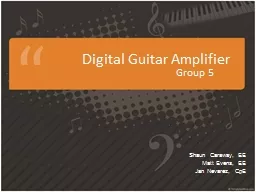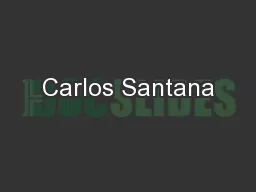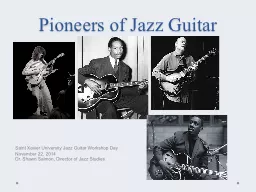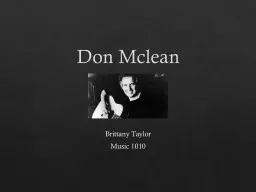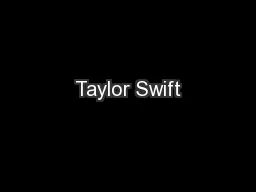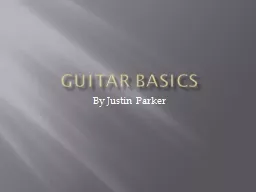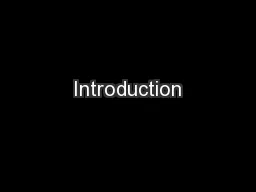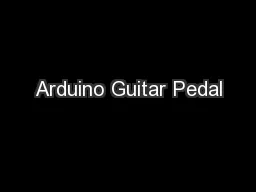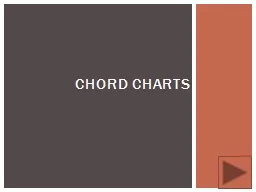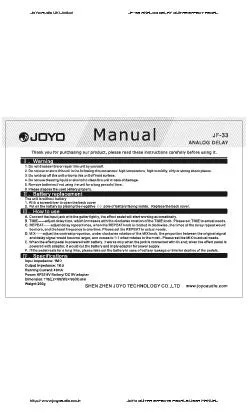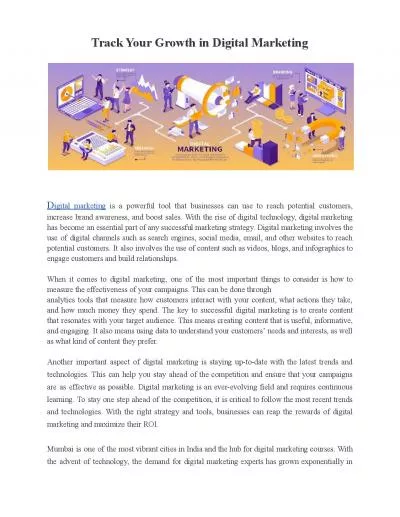PPT-Digital Guitar Effects
Author : karlyn-bohler | Published Date : 2019-06-29
Group 5 Shaun Caraway EE Matt Evens EE Jan Nevarez CpE Motivation and Value of Project Goals Professional grade audio quality Low noise high resolution etc Able
Presentation Embed Code
Download Presentation
Download Presentation The PPT/PDF document "Digital Guitar Effects" is the property of its rightful owner. Permission is granted to download and print the materials on this website for personal, non-commercial use only, and to display it on your personal computer provided you do not modify the materials and that you retain all copyright notices contained in the materials. By downloading content from our website, you accept the terms of this agreement.
Digital Guitar Effects: Transcript
Download Rules Of Document
"Digital Guitar Effects"The content belongs to its owner. You may download and print it for personal use, without modification, and keep all copyright notices. By downloading, you agree to these terms.
Related Documents

